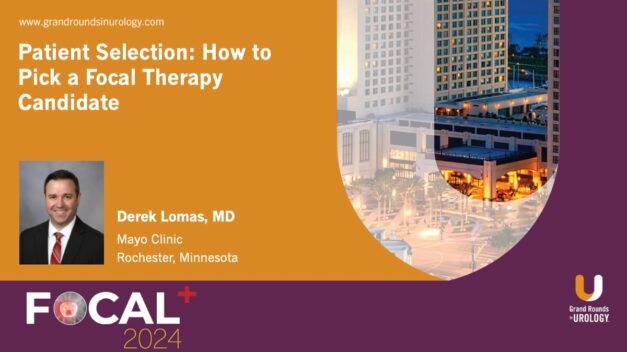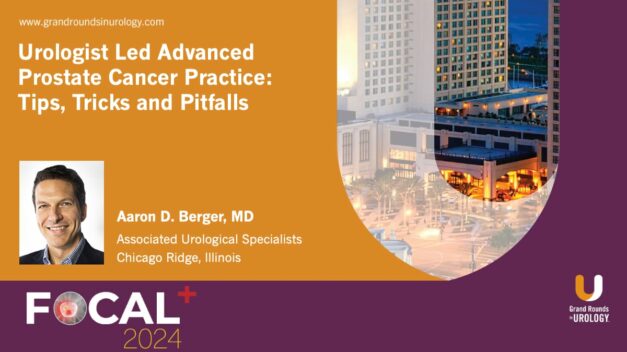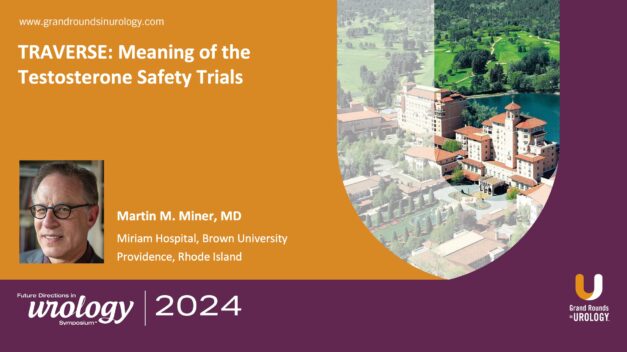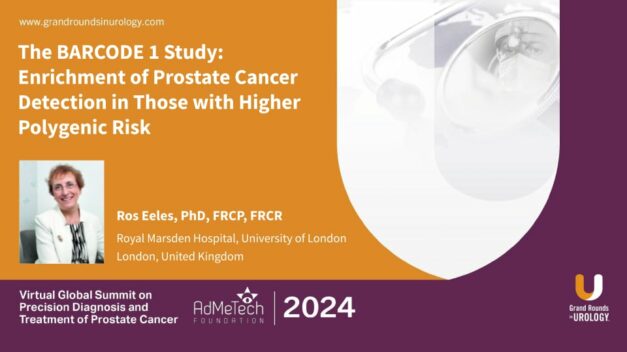The Changing Landscape of Focal Therapy for Prostate Cancer
In this 20-minute presentation, Herbert Lepor, MD, reflects on a 40-year journey in prostate cancer management and emphasizes the evolving role of focal therapy. Having performed over 5,000 radical prostatectomies, outcomes like continence, potency, and complications are critically evaluated. Challenges such as climacturia, penile shortening, and recurrence prompt the exploration of focal therapy as a patient-centered alternative. The shift towards minimally invasive options like cryoablation reflects efforts to balance cancer control with improved quality of life.
Early studies demonstrate that focal therapy effectively ablates targeted lesions with minimal in-field recurrence. MRI is a cornerstone in lesion identification and treatment planning, ensuring precision in disease localization and minimizing overtreatment. Functional outcomes from focal therapy show marked improvements, particularly in preserving sexual function and reducing urinary symptoms. Focal therapy’s growing adoption, bolstered by robust evidence and improved techniques, positions it as a transformative approach in prostate cancer care. This evolution marks a paradigm shift, with patients increasingly opting for therapies prioritizing oncologic control and quality of life.
Read More




